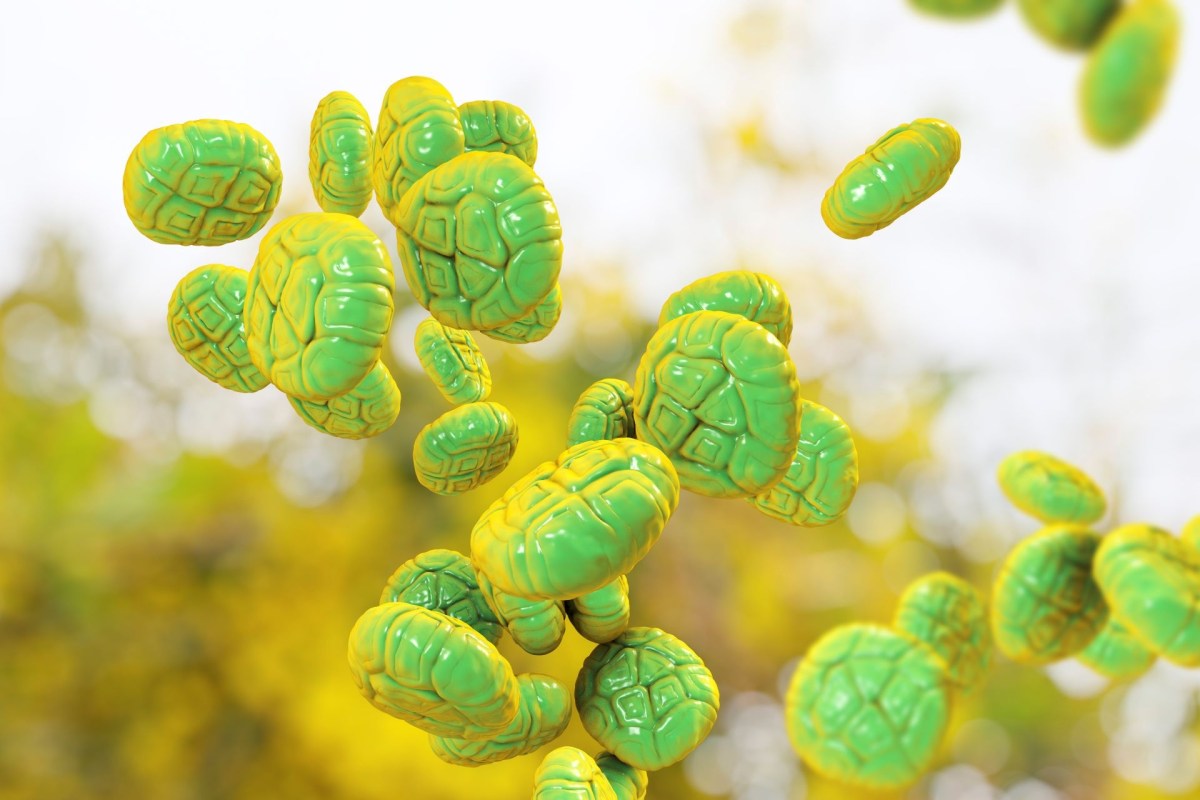Researchers around the globe have been looking for ways to trap harmful carbon pollution so it doesn't stay in the air and overheat our planet.
One Bay Area biotech company, Living Carbon, has had some early success with bioengineered trees. However, the ambitious company has set its sights higher: finding a way to store massive amounts of carbon in a compound called sporopollenin.
What is sporopollenin?
Living Carbon's website explains that sporopollenin is a common compound that many plants produce. It's found in the outer coating of pollen and is also part of the cell wall of some species of algae.
Sporopollenin is called "the diamond of the plant world" because it's incredibly tough and long-lasting, with some samples as old as 500 million years.
What could sporopollenin do for carbon capture?
When plants absorb carbon pollution from the air, they mostly store it in a compound called lignin. The Encyclopedia Britannica reports that 17% to 35% of wood (by dry weight) is lignin, which is a big reason that growing trees are so good at removing carbon from the atmosphere.
However, when the wood of these trees burns or rots, it rereleases the carbon. Plants also produce other compounds using carbon, including sporopollenin.
Maddie Hall, CEO of Living Carbon, told The Cool Down that the company is investigating ways to boost sporopollenin production. "Eventually carbon stored in lignin will break down," she explained.
"The long-term dream goal is to be able to use solely energy from the sun to create some sort of plant cell system that uses energy from the sun to capture carbon and then durably sequester it for a thousand years. Obviously no cell system like that exists right now, but we are working on it. That's where some of the sporopollenin work comes in."
A low-energy, inexpensive way to capture carbon would make a massive difference in the effort to cool the planet down. This would help stabilize weather patterns that have become unpredictable and dangerous as the world has gotten warmer. That means a cooler planet is safer for people and property.
What would the new sporopollenin-making system look like?
One possibility that Living Carbon is exploring is increasing sporopollenin production in algae. Algae take little or no land to grow; once enough carbon is trapped, the algae can be dried. The resulting algae dust doesn't need further processing to store carbon for the long term. Living Carbon has also considered trying to boost sporopollenin in trees to try to create more durable wood.
"Those projects are all a little bit longer-term," Hall said. "And that's okay. If we can plant a lot of trees to be able to offset the immediate impacts of climate change, then hopefully within the next eight years, we're able to produce such a system."
Join our free newsletter for cool news and cool tips that make it easy to help yourself while helping the planet.









